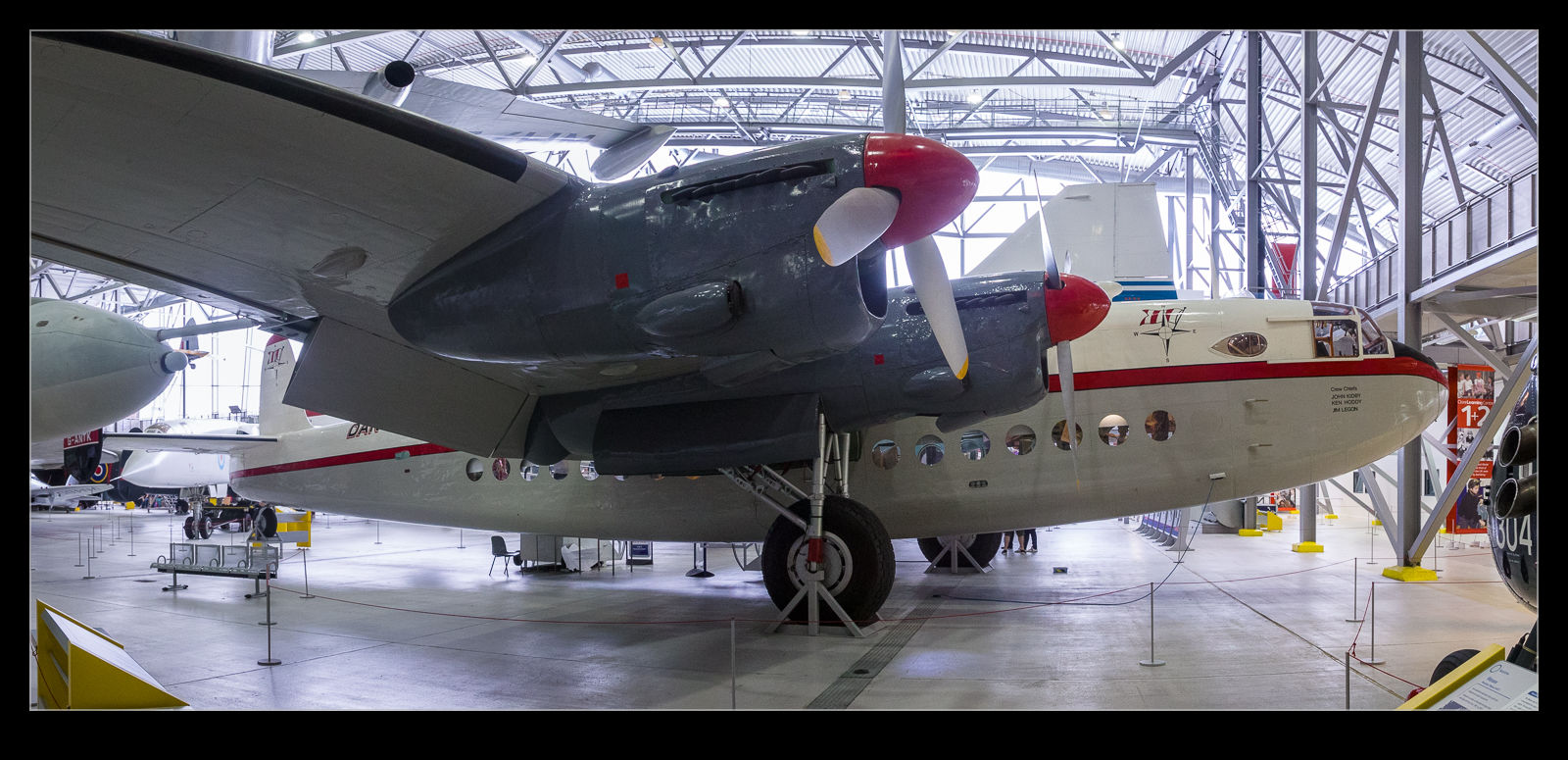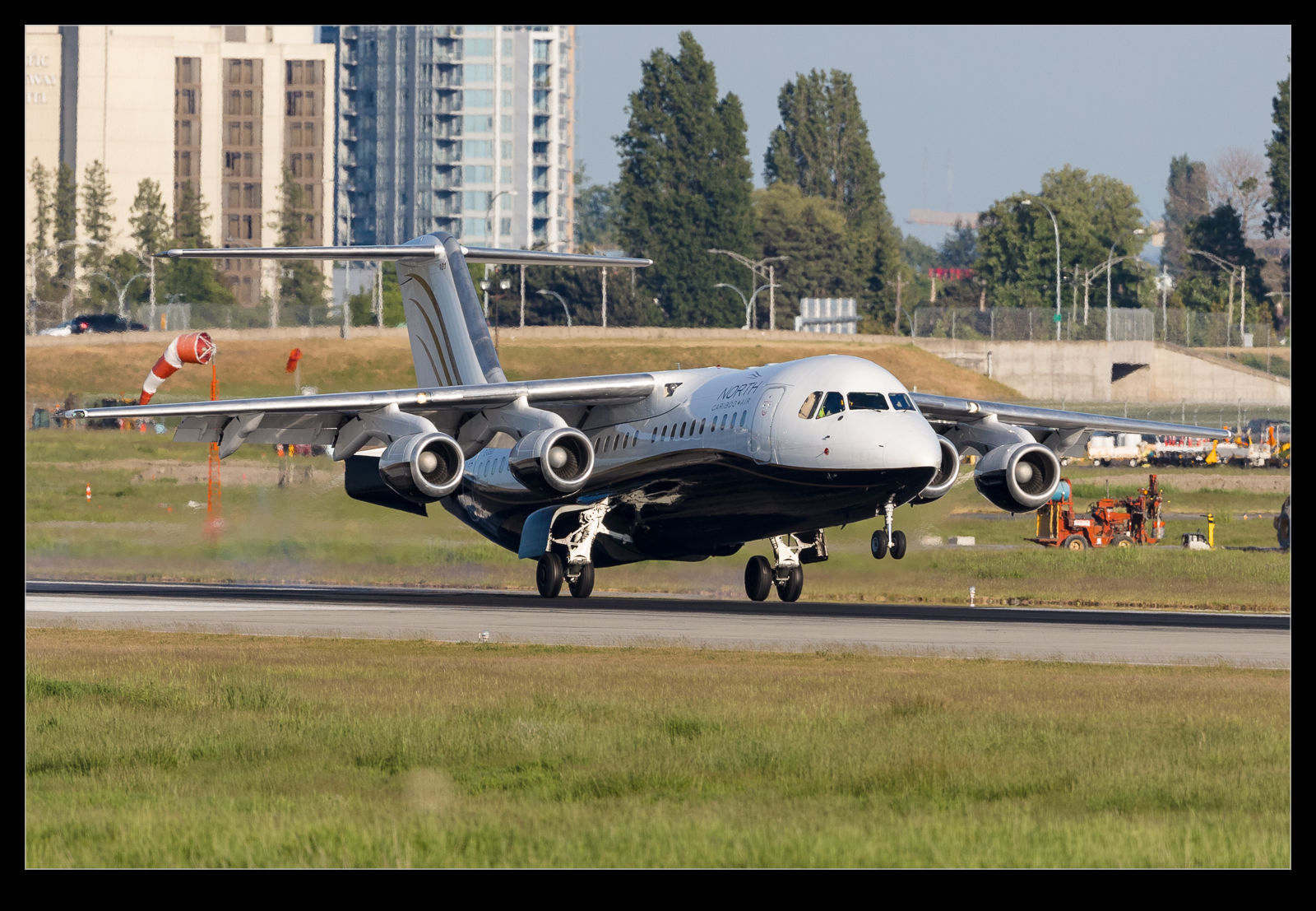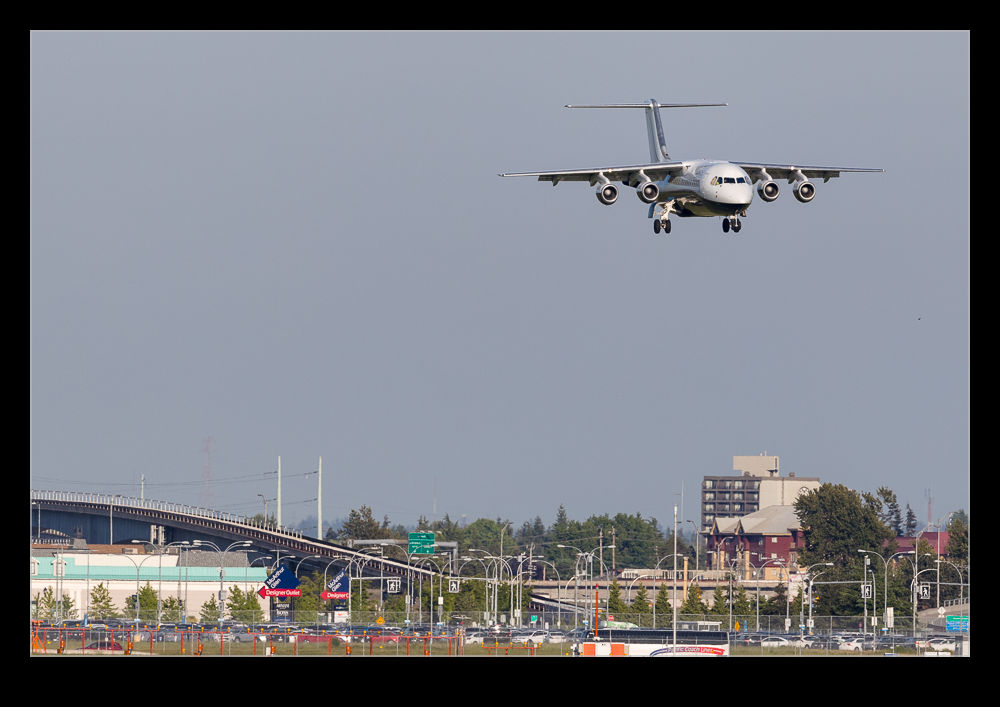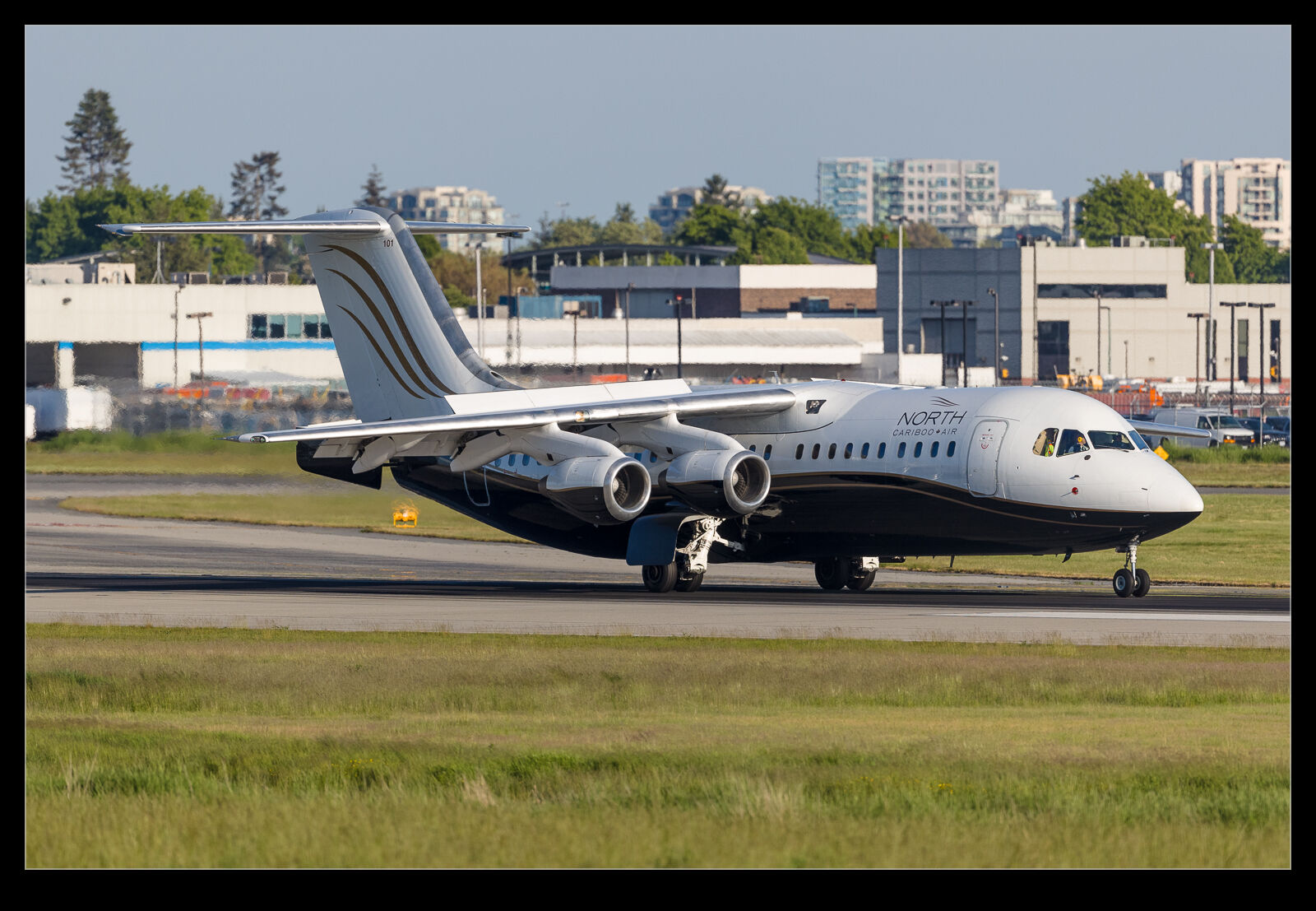 The Avro Lancaster is a very famous bomber from the Second World War but its transportation derivative is a lot less well known. Outside the aviation community, it is probably totally unknown. It is the Avro York (War of the Roses comments are welcome) and it takes the flying surfaces and power plants of the Lancaster and mates them to a larger fuselage for transporting people. It was an important type in the latter stages of the war and immediately afterwards. This example is in the main hangar at the IWM Duxford.
The Avro Lancaster is a very famous bomber from the Second World War but its transportation derivative is a lot less well known. Outside the aviation community, it is probably totally unknown. It is the Avro York (War of the Roses comments are welcome) and it takes the flying surfaces and power plants of the Lancaster and mates them to a larger fuselage for transporting people. It was an important type in the latter stages of the war and immediately afterwards. This example is in the main hangar at the IWM Duxford.
Avro York
Leave a reply


